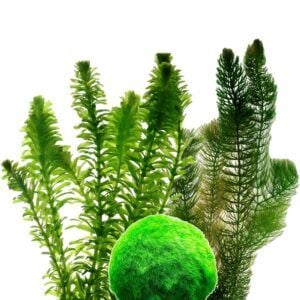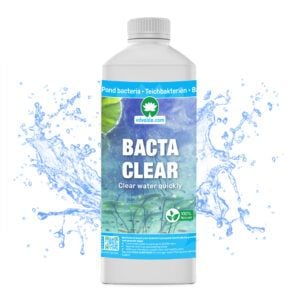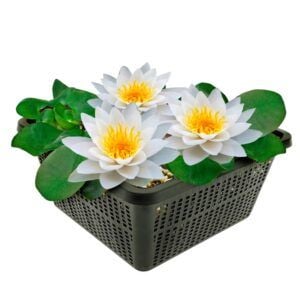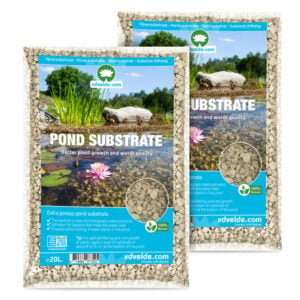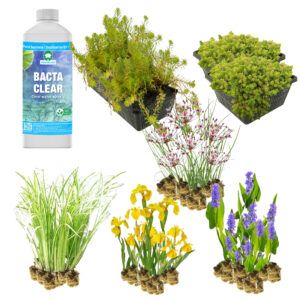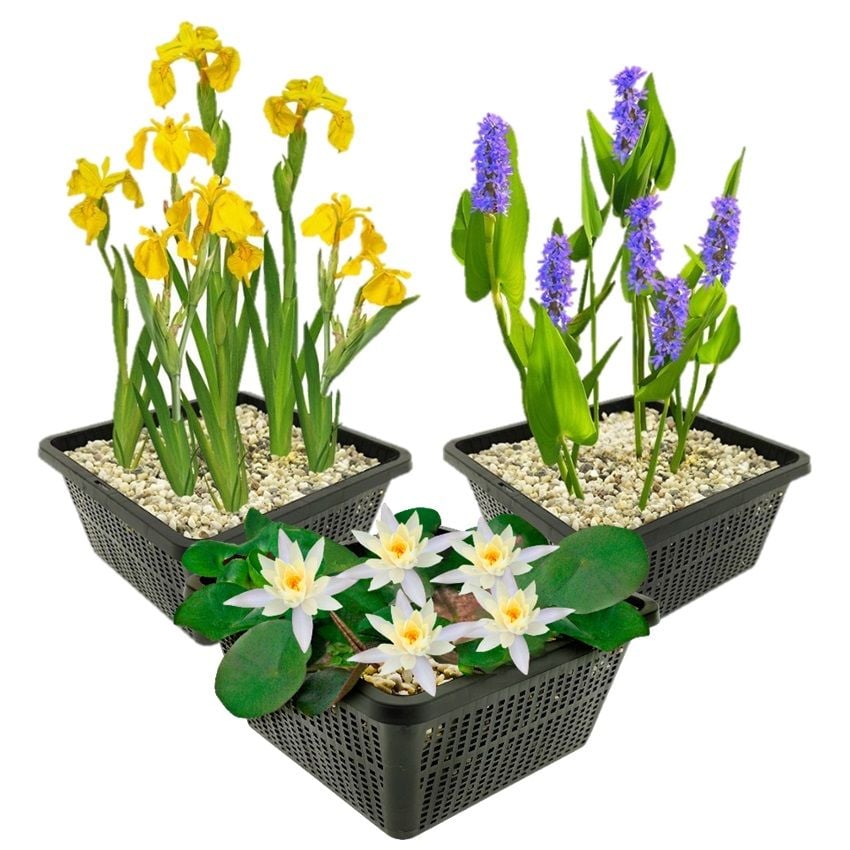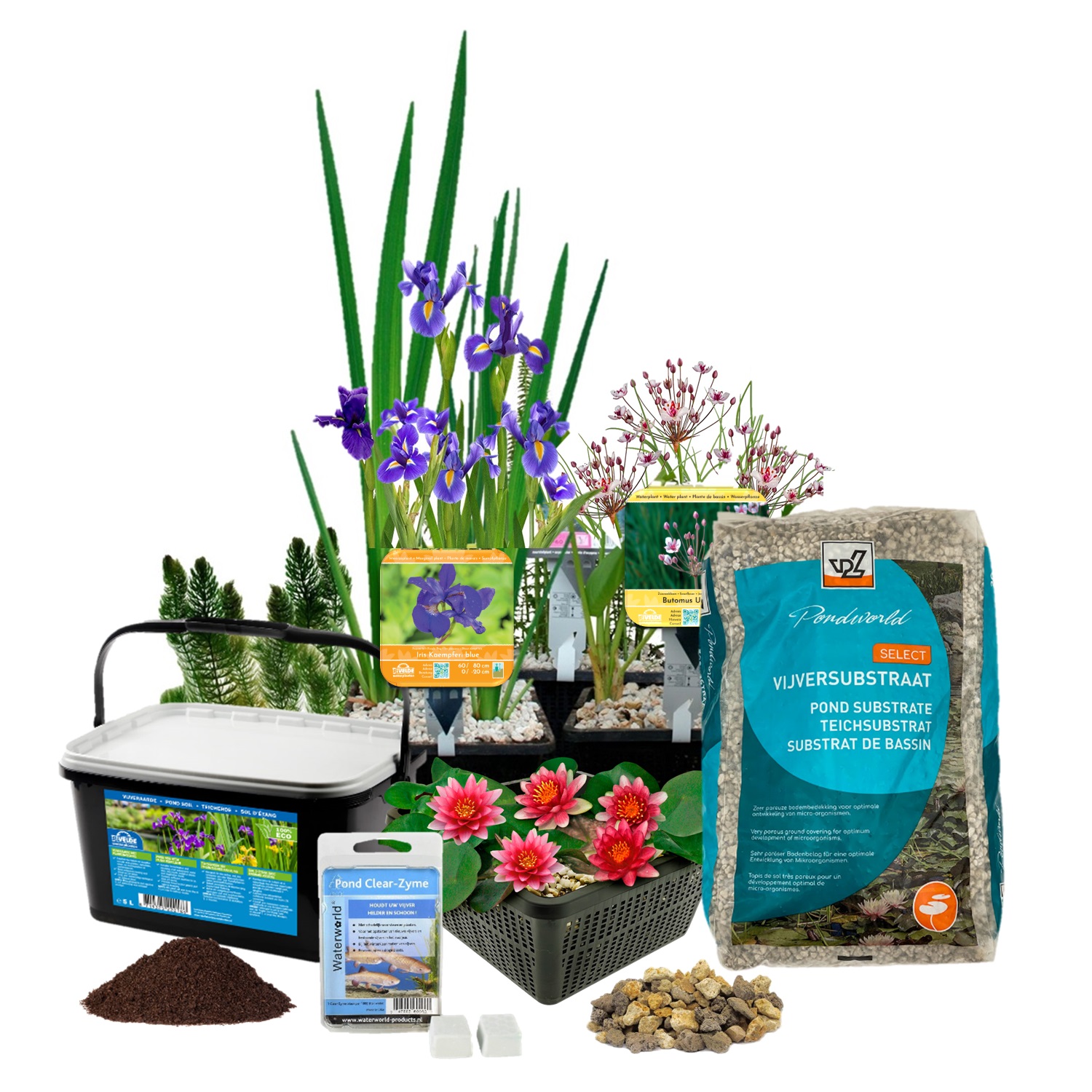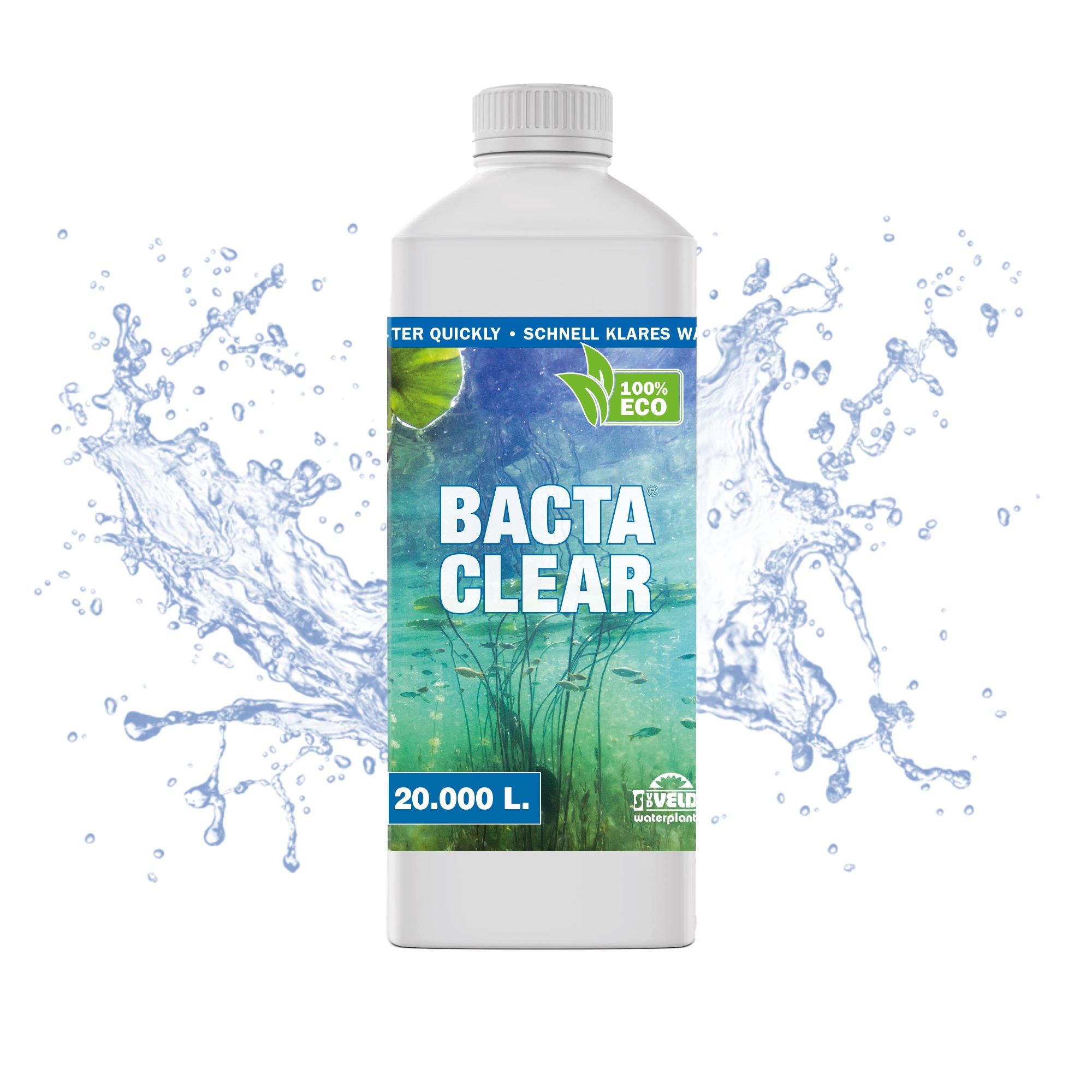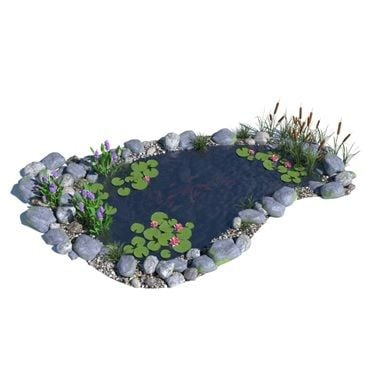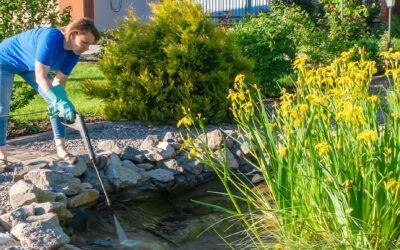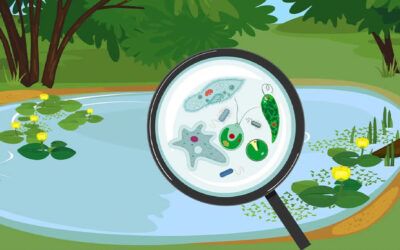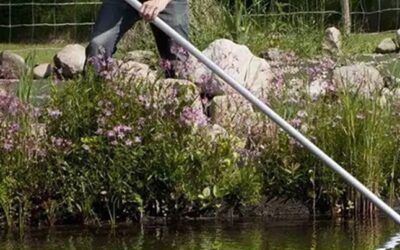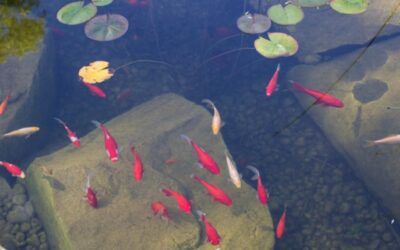
I hope you enjoy reading this blog.
Pond vacuum cleaner or hydrogen vacuums unnecessary in a properly designed pond
Hydrogen vacuums are meant to keep the bottom of the pond clean of floating algae, this is what makes people choose pond vacuums.
What does a pond vacuum do?
The term hydrogen vacuum cleaner can cause confusion because it can sound like a device that sucks water. In the context of pond maintenance, a hydrogen vacuum cleaner is actually synonymous with a pond vacuum. It is a device equipped to work in a wetland environment and helps clean and maintain water quality by removing unwanted particles and debris from the water. Butvacuuming thebottom with an underwater vacuum cleaner is not only unnatural, but also tiring and energy-consuming. It disrupts the biological balance as beneficial particles, such as oxygen plants, disappear. For this reason, it is better to choose to keep the pond bottom clean naturally.

Tips, advice and substantial savings
What is the best month to clean the pond?
The best month to clean the pond is early spring (March or April, depending on the climate in your area). There are a few reasons why early spring is ideal for pond maintenance: In early spring, water temperatures are still relatively low. As a result, many pond inhabitants, such as fish, are still in a dormant state and are less active. Cleaning the pond during this time is therefore less stressful for them. By cleaning the pond in early spring, you can remove dead plant debris and other organic material before new plant growth begins. This helps optimize water quality during the upcoming growing season.
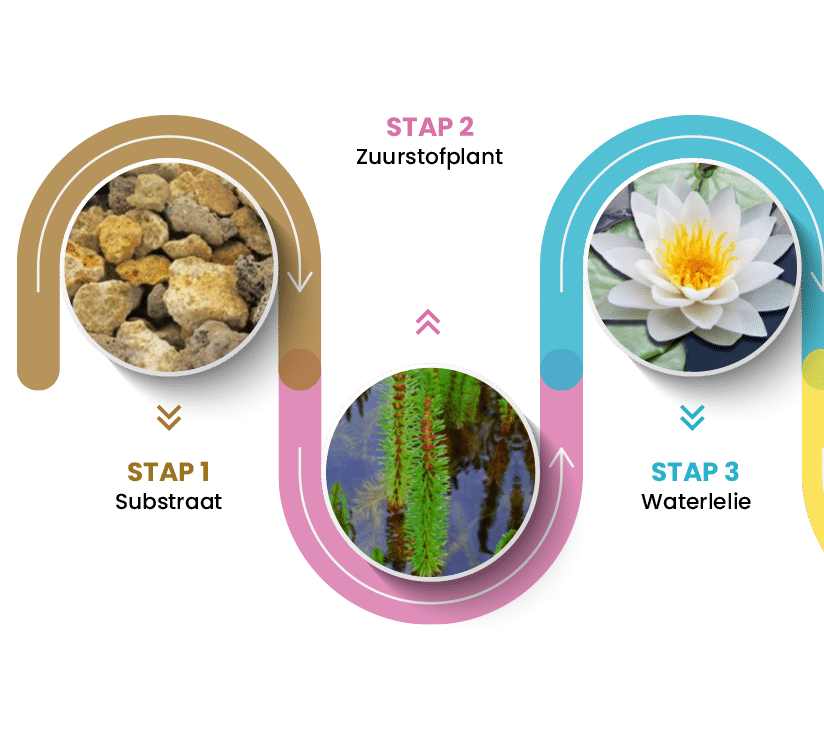
Want a naturally clear pond?
A beautiful pond is easier than you think.
Pond vacuum vs. freshwater mussels
Cleaning the pond floor with an underwater vacuum cleaner is not only an unnatural, but also labor-intensive and energy-consuming approach. This process disturbs the biological balance by removing valuable elements such as oxygen plants. For this reason, it is advisable to opt for a natural solution. Below we compare the advantages and disadvantages of an underwater vacuum cleaner and freshwater mussels to further clarify this choice.

|

|
|
|---|---|---|
Hydrogen vacuum cleaner |
Freshwater mussels |
|
| ❌ Regularly | ✅ Minimum | |
| ❌ | ✅ Long-term | |
| ❌ No | ✅ Yes | |
| ❌ Minimum | ✅ Promotes the | |
| ❌ Higher (energy consumption) | ✅ Low to no cost | |
| ✅ Yes | ✅ Very effective | |
| ❌ Limited | ✅ Effective | |
| ❌ Energy consumption | ✅ Environmentally friendly | |
| ✅ Yes | ❌ No |
How do you get silt out of the pond?
Sludge in the pond is an accumulation of organic material such as leaves, plant debris and dead algae. Removing silt is essential to maintaining a healthy pond, the best thing you can do is prevent silt. You do this by manually picking up remnants of leaves that have blown into the pond from the pond. This will prevent these leaf debris from forming a layer of silt at the bottom of the pond.
How do you clean the bottom of the pond?
By cleaning the bottom of the pond naturally, you avoid damaging the environment and make the pond more attractive to aquatic animals such as pond fish, frogs and even salamanders. Natural pond cleaning sounds like more work, but it only needs to be done once every five years, unlike pumps and filters that need to be cleaned every few months. Cleaning the pond floor naturally is how you do it....
Emptying the pond:
Ideally, do this in the fall or early spring. First, pump the pond to half empty. Move fish and aquatic plants to a separate container of original pond water for their safety.
Remove mud layer:
Carefully remove the mud from the bottom, being careful not to damage the foil. Remove the roots of aquatic plants from the mud. Consider replacing the pond liner, especially if it is older.
Setting up the pond:
Reintroduce your selected aquatic plants and possibly some old, still healthy plants. Choose plants with various functions to keep the water healthy, such as oxygen plants, Sumpfpflanzen and water lilies.
Filling the pond:
Allow for evaporation, especially in hot summers. Fill the pond gradually over several days to maintain biological balance. Use ground or tap water.
Pond startup:
Add pond bacteria, essential for a healthy ecosystem and clear water. By following these steps, you will not only ensure a clear and clean pond bottom, but also contribute to an environmentally friendly and natural-looking pond.
Keeping the pond clear year round naturally
Many people believe that a hydrogen vacuum is essential for removing silt and debris from the bottom of the pond and keeping the water clear. This thought is understandable, as dirt often accumulates on the pond bottom, and using a hydrogen vacuum cleaner seems like a quick and immediate solution. However, what many do not realize is that a pond, if properly constructed and maintained, can also stay clear and free of excess silt and dirt naturally. Our roadmap will show you how to keep your pond crisp clear and healthy without the use of mechanical devices such as hydrogen vacuums:
- Pond substrate: Establishing a good pond substrate provides a solid foundation. It provides a place for beneficial bacteria to settle and helps break down organic waste.
- Oxygen Plants: These plants are essential in any pond. They produce oxygen, which is essential for pond life, while helping to remove excess nutrients from the water, preventing the growth of algae.
- Waterlilies: Not only are they beautiful, but waterlilies provide shade, which limits algae growth by reducing the amount of direct sunlight in the pond.
- Sumpfpflanzen: These plants, often placed at the edges or shallow areas of the pond, help filter the water and also provide habitat for beneficial insects and other animals.
- Aquatic plants: Various aquatic plants absorb nutrients from the water that would otherwise feed algae. They act as a natural filter and contribute to pond biodiversity by attracting beneficial insects such as bees and butterflies to the plants.
- Pond bacteria: Introducing specific pond bacteria helps break down organic matter and reduce algae blooms. They play an important role in maintaining natural balance of pond water.
Choose the environment, choose an all-natural pond that keeps itself in balance by following our step-by-step plan: Read the Roadmap here.
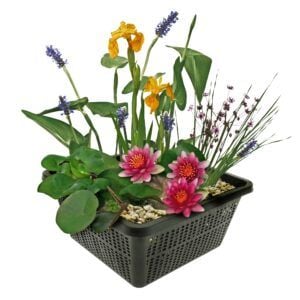

Simon van der Velde
Pond specialist and aquatic plant grower since 1986
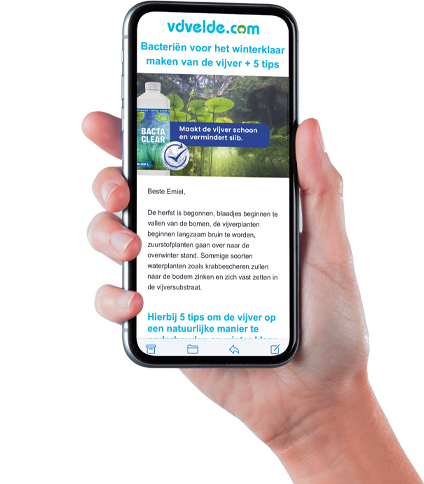
Want to receive the best pond tips all year long, complete with exclusive promotions?
Simons Pond Advice Book
- Choose your language of the book
- Complete pond handbook
- 100+ pages from construction to maintenance
Loose Oxygen Plants Set
- For 500 - 1,000 liters of water
- 16 plants
- Placement: loose in the water
BACTA CLEAR
- For 1,000 to 20,000 L
- 100% eco: clear water fast
- Safe for humans, plants & animals
White Water Lily - Nymphaea Albatross
- Large water lily
- Full-grown height: 10 cm
- Placement: -10 to -100 cm
Complete Pond Package - Small - Red
- For 100 - 500 L
- 19 plants + extras
- Placement: -1 to -100 cm
POND SUBSTRATE Pond substrate - 40 liters
- 40 L covers 1 m² ↥ 10 cm
- Heavy duty quality for the best filtration
- Extra porous: optimal plant growth
Mini Water Lily - Red - Nymphaea Pygmaea Rubra
- Small water lily
- Full-grown height: 5 cm
- Placement: -10 to -40 cm
Complete Pond Package - Medium
- For 500 - 1.500 L
- 36 plants + extras
- Placement: -1 to -100 cm
Complete Plant Filter Pond Package - M
- For 3 - 4 m²
- 84 plants
- Placement: -1 to -20 cm



